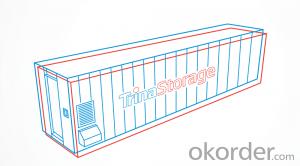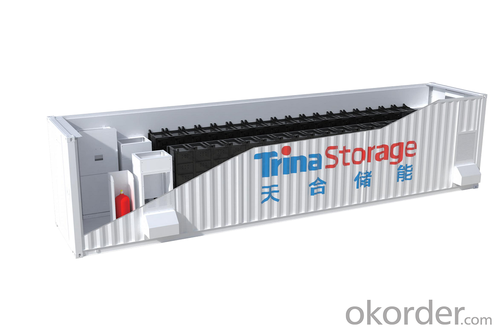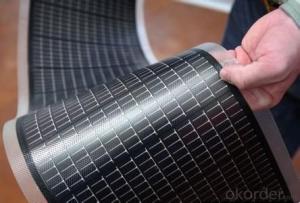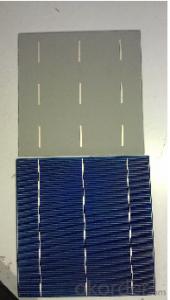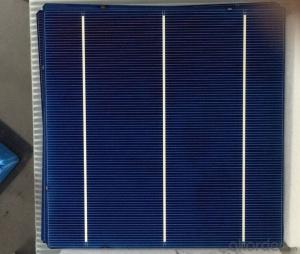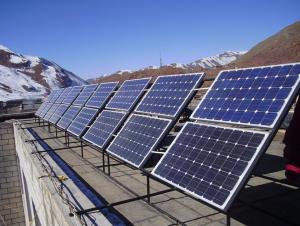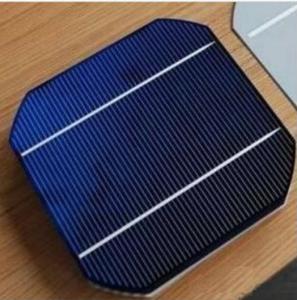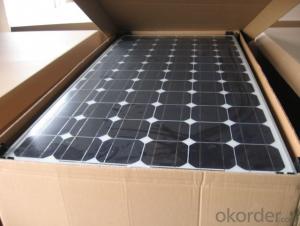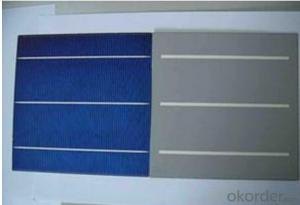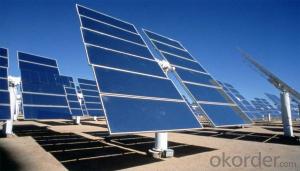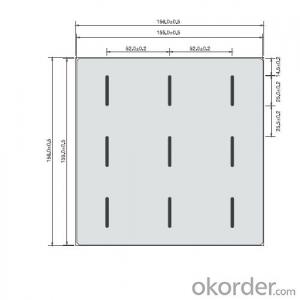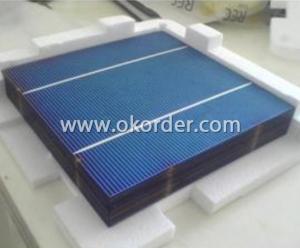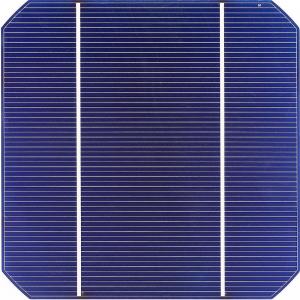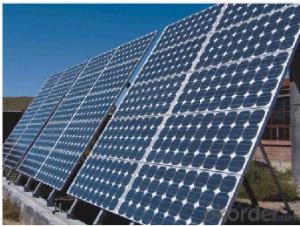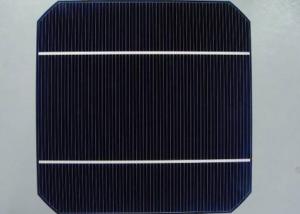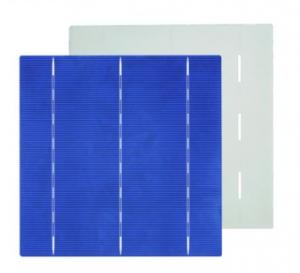Mono Crystal Solar Cells Container Energy Power Storage System Battery Pack Solar Energy
- Loading Port:
- Shanghai
- Payment Terms:
- TT OR LC
- Min Order Qty:
- 1 set
- Supply Capability:
- 10 set/month
OKorder Service Pledge
OKorder Financial Service
You Might Also Like
Specification

Container energy power storage system battery pack solar energy
Safety and reliable
● Optimized LFP route, strict cell safety test;
● Thermal simulation design of the whole process from PACK to container;
● Full range of electrical protection: high and low voltage separation, insulation monitoring, grounding protection, lightning protection design;
● Industrial grade temperature control system, to ensure the efficient and reliable operation of the system;
● Intelligent fire control, strategic linkage, multi-level protective measures.
Multidimensional integration
● Easy to transport, installation and operation;
● Easy to copy and expand modularized;
● Highly integrated battery module design to reduce internal resistance, improve consistency and energy efficiency;
●Intelligent local controller unified scheduling management in the box to improve the overall security and stability of the system.
Intelligence and Efficiency
● Large capacity, low internal resistance, long life of the cell design, improve the economy;
● High stability chip level BMS technology, improve battery SOC and available capacity accuracy;Cell level monitoring, improve the consistency and life of batteries;
● Full scene integrated EMS system architecture, high efficiency, digital, intelligent to ensure the reliability, stability and economy of energy storage and power supply;
● Fault prediction, fault identification and quick positioning.
| Item NO. | TSMG00002650 | TSMG00002660 | TSMG00002800 | TSMG00003100 |
| Battery specification | ||||
| Rated discharge rate | 1C | 0.5C | 0.5C | 0.25C |
| Battery cell | 3.2V/120AH | 3.2V/145Ah | 3.2V/120Ah | 3.2V/145Ah |
| Configuration | 1P216S | 2P24OS | 2P228S | 2P240S |
| Voltage range | 604.8-788.4V | 672-850V | 638.4-809.4V | 672-850V |
| Nominal capacity | 2.65MWh | 2.66MWh | 2.80MWh | 3.10MWh |
| Communication Interface | CAN,RS485,Ethernet | CAN,RS485,Ethernet | CAN,RS485,Ethernet | CAN,RS485,Ethernet |
| System specification | ||||
| Number of battery pack | 32 | 12 | 16 | 14 |
| IP | IP54 | IP54 | IP54 | IP54 |
| Size( L*W*H) | 13716mm*2438mm*2896mm | 12192mm*2438mm*2896mm | 12192mm*2438mm*2896mm | 12192mm*2438mm*2896mm |
| Weight(Include/exclude the battery) | 48.4T/8T | 38T/7T | 39T/7T | 38T/7T |
| Battery temperature control mode | Industrial grade temperature controlled air conditioning | Industrial grade temperature controlled air conditioning | Industrial grade temperature controlled air conditioning | Industrial grade temperature controlled air conditioning |
| Fire extinguishing system | HFC-227ea fire extinguishing system | HFC-227ea fire extinguishing system | HFC-227ea fire extinguishing system | HFC-227ea fire extinguishing system |
Images of Container energy power storage system

- Q: Can anybody tell me the power supply of the home solar cell?
- You should first look at your situation, and see how much equipment you are running. Then you can decide the power supply of the solar cells at home.
- Q: What is the role of solar cells in powering data centers?
- Solar cells play a crucial role in powering data centers by harnessing the energy from sunlight and converting it into electricity. By installing solar panels on the roofs or surrounding areas of data centers, these cells generate clean and renewable energy to meet a portion of the center's power needs. This reduces reliance on traditional energy sources and helps data centers become more sustainable and environmentally friendly.
- Q: Can solar cells be used in commercial buildings?
- Yes, solar cells can definitely be used in commercial buildings. In fact, the use of solar cells in commercial buildings is becoming increasingly popular as it offers several benefits such as reduced energy costs, environmental sustainability, and a positive brand image. With advancements in technology, solar cells can now be integrated into the design of buildings, ensuring seamless integration and aesthetic appeal. Additionally, various financing options and government incentives make solar installations financially feasible for commercial buildings, further encouraging their adoption.
- Q: Silicon solar cell power generation principle
- The expected efficiency of the theory is 24% .As the semiconductor PN junction device in the sun under the photoelectric conversion efficiency of the highest, so these photovoltaic devices are usually referred to as solar cells, also known as photovoltaic cells or solar cells.
- Q: How are solar cells made?
- Solar cells are typically made using a process called photovoltaic manufacturing, which involves several steps. First, silicon, which is the main material used in solar cells, is extracted from silica, a component of sand. The extracted silicon is then purified and transformed into a crystal structure suitable for solar cell production. These silicon wafers are then cut into thin slices. Next, various layers of conductive materials and anti-reflective coatings are applied to the wafer, creating the necessary electrical properties and enhancing light absorption. Finally, electrical contacts are added to the cell, allowing the generated electricity to be collected and used.
- Q: What diode does the solar panel use?
- Solar diodes are made by-pass diodes that require a voltage-to-current and component that is directly related.
- Q: How do solar cells handle snow or ice accumulation?
- Solar cells can handle snow or ice accumulation by either melting the snow or ice due to their ability to absorb sunlight and convert it into electricity, or by allowing the snow or ice to slide off the surface due to their smooth and slippery design. Additionally, some solar panels are tilted at an angle, which helps prevent snow or ice buildup by allowing it to slide off more easily.
- Q: Can solar cells be used for powering traffic lights?
- Yes, solar cells can be used for powering traffic lights. Solar cells convert sunlight into electricity, which can be stored in batteries and used to power various devices, including traffic lights. This helps reduce dependence on the electrical grid and promotes renewable energy use.
- Q: How do monocrystalline solar cells differ from polycrystalline solar cells?
- Monocrystalline solar cells are made from a single crystal structure, which results in a uniform and continuous appearance. On the other hand, polycrystalline solar cells are made from multiple crystals, leading to a more fragmented and less uniform appearance. In terms of efficiency, monocrystalline solar cells tend to have higher efficiency rates due to their uniformity, while polycrystalline solar cells have slightly lower efficiency but are generally more cost-effective.
- Q: How is the solar cells factories working in China? Do they follow certain quality standards?
- I know many good solar cell suppliers all over the world, and they are purchasing their solar cells product in China more and more.
Send your message to us
Mono Crystal Solar Cells Container Energy Power Storage System Battery Pack Solar Energy
- Loading Port:
- Shanghai
- Payment Terms:
- TT OR LC
- Min Order Qty:
- 1 set
- Supply Capability:
- 10 set/month
OKorder Service Pledge
OKorder Financial Service
Similar products
Hot products
Hot Searches
Related keywords

